Merton Laverne “Verne” Lundquist Jr. was born the son of a Lutheran pastor in 1940 in Duluth, Minn. He began his broadcasting career as a sports anchorman on an Austin, Texas, TV station, and later became the radio voice of the Dallas Cowboys—a job he held until 1984. Sports fans have heard Lundquist’s trademark baritone voice and poignant commentary on broadcasts of just about every sport you can name—including golf. Two of his most famous calls were of events that took place in the Masters—Jack Nicklaus’s birdie at 17 in 1986, which just about cemented his improbable sixth Masters win, and Tiger Woods’s miraculous chip-in from behind the 16th green on the way to his fourth green jacket in 2005.
In 2024, Lundquist worked his 40th and final Masters, but he has memories galore to share of his years on the CBS team at Augusta National and his other work as a much beloved and award-winning sports broadcaster.
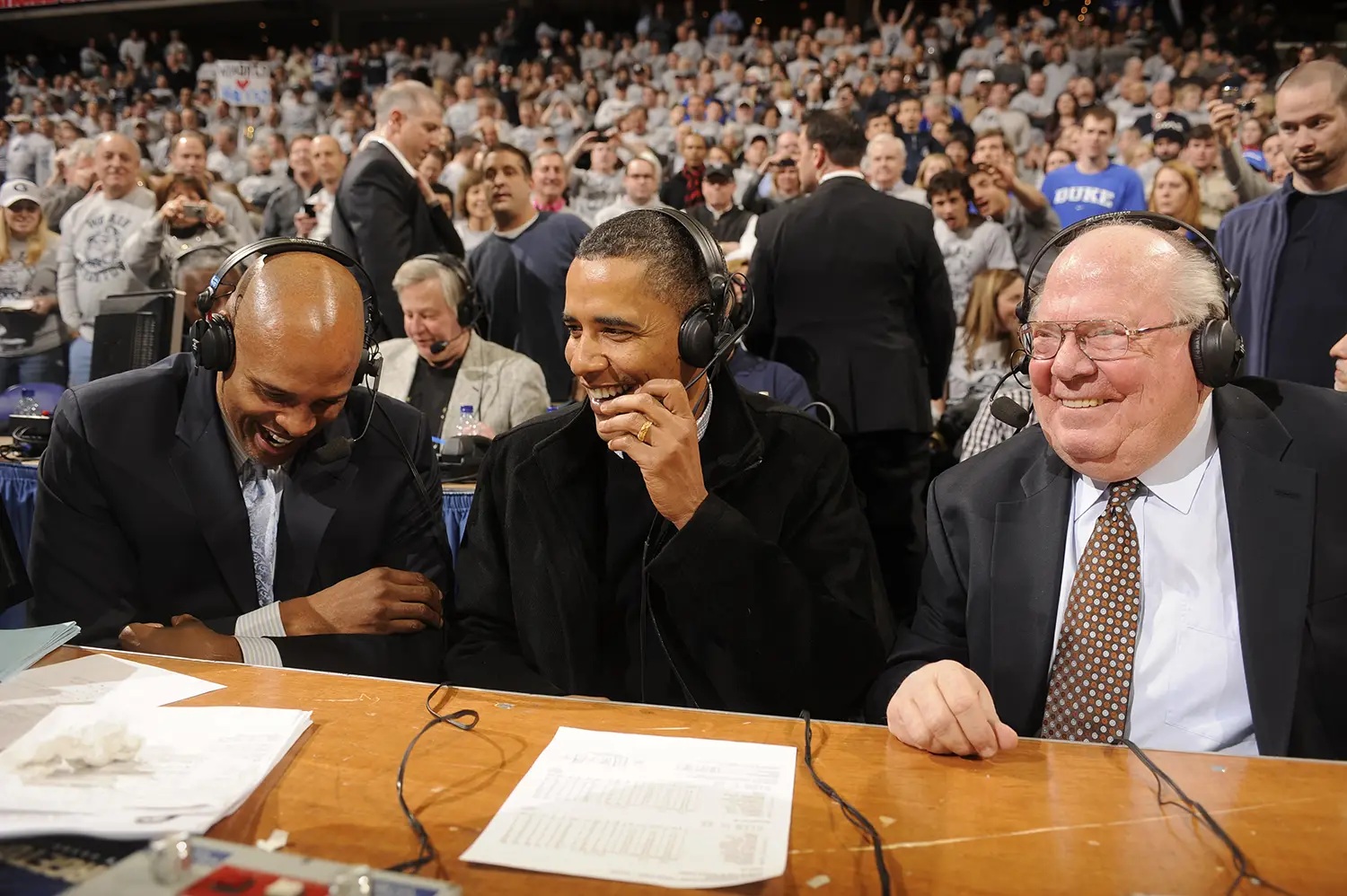
You’ve been involved in sports broadcasting for decades. Were there any sports you enjoyed playing when you were growing up?
Verne Lundquist: [Laughing] To quote an old line in basketball, I was slow, I couldn’t shoot, and I was too short. No, I was never a good athlete, and I realized that early on. I went out for my high school basketball team. First of all, I was 5’9” in high school, and I really was slow, and I really couldn’t shoot. So that limited my opportunities there. And I was too small for football. I did play baseball, but never at a varsity level. I did play golf, but I was never that good of a golfer. I got down to a 14 handicap at one time. I was playing in a golf tournament at Texas A&M, and I had a three-foot putt to break 80, and I never touched the hole. So that’s the story of my athletic excellence.
Well, you’ve obviously had an interest in sports, going back to your earliest jobs as a TV news sportscaster. So, it must have been something that interested you early in life.
Verne Lundquist: Yes, it did. I realized early on that I didn’t have any athletic skills, but I loved athletics, and I loved the competition, and I was a pretty good storyteller. So part of my attempt to get involved in sports was to write a sports column, and I did that for my high school paper here in Austin. I did that while I was at Texas Lutheran University, too—wrote a column once a week. And I did a lot of public address announcing too, which kept me involved. Then I got my first radio job when I was a senior at Texas Lutheran. My dad was a Lutheran minister. And I graduated with a degree in sociology and a minor in history, which means you’re not qualified to do anything except fill out a blue book.
And so, not having any real idea what I wanted to do, now this is back in 1962, I thought I’d try a theological school. And I had some long-term hope of combining my interest in theology with broadcasting. I did go for one year, but I knew six weeks in that I did not have the commitment to do that. It takes a special kind of person to become a pastor, no matter what branch of theology you choose. So, I vowed to complete the one year, which I did do, but I contacted the radio station in my hometown of Austin. I was hired initially as a summer replacement announcer on FM radio, when FM radio didn’t mean anything. And while I was there for that one summer, the sports director’s job opened up. I asked for an audition, was given one, and the program director said, you know what, I think you got a chance. So, I went on the air part-time, weekends only in August of 1963, and then was promoted to full-time sportscaster at KTVC TV in Austin in March of ’64. That station was owned by President and Mrs. Johnson. I was there for three years. I was in San Antonio for one year, then I got a huge break on my third try to get a job in Dallas-Fort Worth with the ABC affiliate. I was there for 17 years. We had the dominant newscast in the market. And then I was offered a job with the Dallas Cowboys. If I look back on everything that’s happened to me professionally, getting the Cowboys job was the most important thing. I was the pre- and post-game guy in ’67 and then was promoted to the color guy in ’70—I wasn’t an analyst at all—and then was given the play-by-play job in ’72. I held that until ’83. And along with that, I had a chance to work at ABC Sports, being employed by an ABC affiliate, and I was at ABC in a part-time capacity from ’74 to ’82. Then I got those words from the program director: ‘We’re going in a different direction.’ That story gets real long, but ultimately, I had a friend who had gone from ABC to CBS. He called me and said we’d like to bring you over here, and I went, and I’ve been there, well, until April 14th [2024].
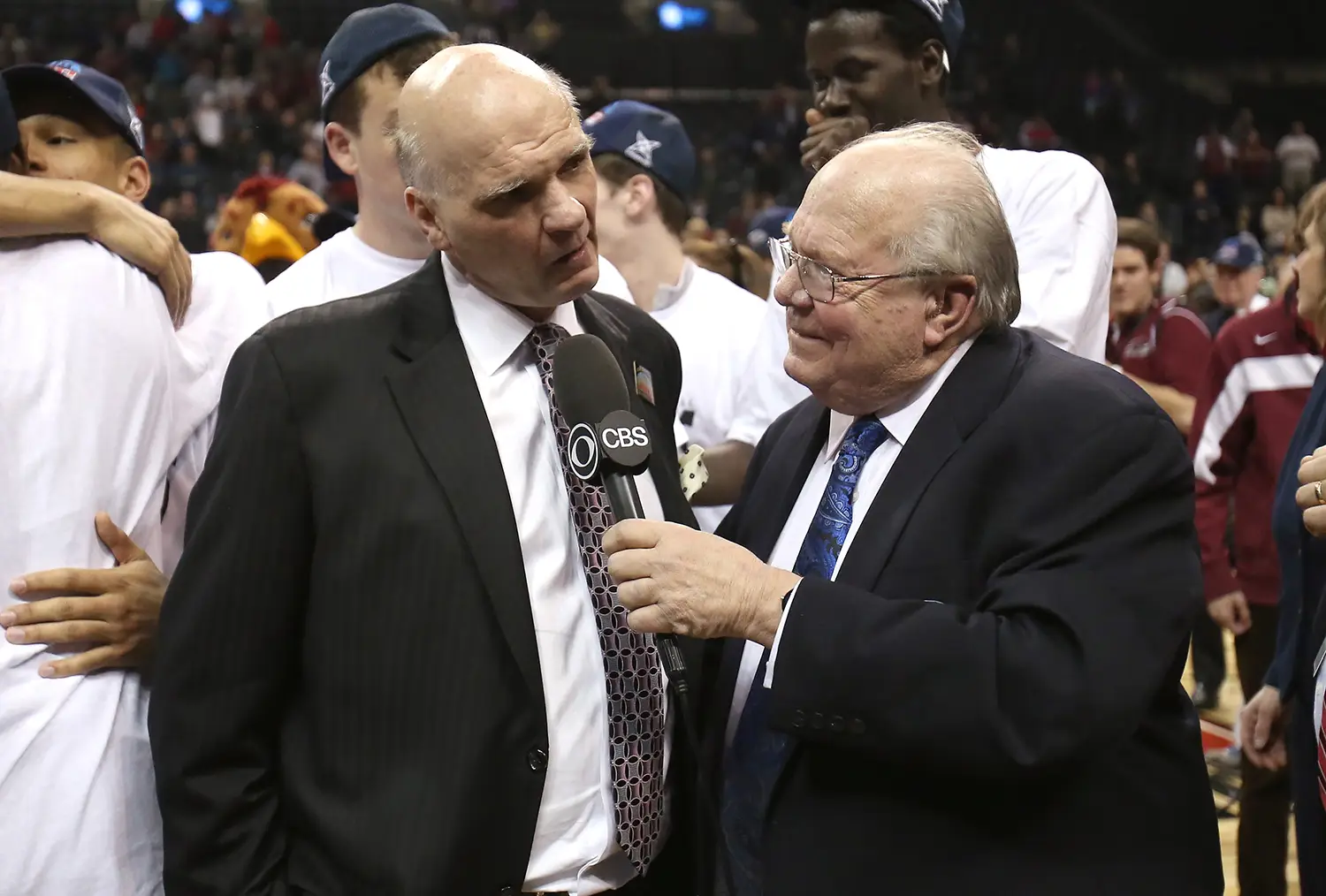
LINKS readers may know you best for your golf coverage. But you also covered baseball, football, basketball—even figure skating. Is there one sport that that you enjoyed covering more than the others?
Verne Lundquist: My role model and my idol as a broadcaster was Jim McKay. He’s the greatest storyteller we’ve ever had in sports broadcasting, and that is essentially what we do for a living. Names and numbers, downs and distance, all that’s important. But we’re storytellers. That’s the way you draw people in, give them a reason to be concerned or have a rooting interest in the game. And those stories can be positive—or negative, occasionally—but at the heart of the matter as a broadcaster, you need to be a storyteller. And I think I learned that from my father, a Lutheran minister. He was great in the pulpit. He had a great voice, and I was lucky enough to inherit that, too. By the way, in my one year of theological school in Rock Island, Ill., I did get six hours of Greek. It hasn’t been very helpful, but I’ve got it.
Because of my admiration for Jim McKay and the fact that he hosted 14 Olympics, that’s something I always, always wanted to do. [My wife] Nancy and I have a condo here in Austin, but we only spend about 30 percent of our time here. The other 70 we’re in Steamboat Springs, a major ski resort in Colorado. And our director of skiing at the time was a fellow named Billy Kidd, who was also the alpine analyst for CBS Sports. So, when we got the Winter Olympics, I just naturally assumed that, well, they know where I live, they know who I know, I’ll be doing alpine skiing with Billy. Then I got a call from our boss, and he said, ‘Okay, we’ve got the assignments. You’re doing figure skating.’ And after I picked myself up off the floor, Nancy said, come on, calm down, you love athleticism, you love beauty and music. And this is a combination of both. You’re going to just fall right into it. And I got to work three Olympics. The first was Albertville, France, in ’92. The second was Lillehammer, Norway, in ’94—made notorious by the Tonya Harding-Nancy Kerrigan drama. And then I worked in ’98 in Nagano, Japan. And my on-air partner was a man who’s still a dear, dear friend, Scott Hamilton. Scotty and I worked all three, and we were right in the middle of that whole Nancy-Tanya thing. And if there’s ever any doubt that hyping a product works, that’s the example you need to go to and say, look what happened there. The Wednesday night when the women first competed against each other, we drew a 48.5 rating. 48.5 percent of all TV sets were tuned in. The estimated audience for that night was 126 million. It’s still the highest-rated non-Super Bowl sporting event ever broadcast.
Did you ever get nervous knowing that so many people were listening to what you’re saying?
Verne Lundquist: On that night, sure. I mean, we were aware of the buildup, but I learned early on to look into a camera and throw it through to my wife. I speak to my wife, where the cameraman is standing, because in my mind, that’s Nancy. And so it helps you to not be a screamer. You know, you become more casual and make it more conversational. And I’ve done that forever. When our boss came in on the Thursday after the Wednesday in Norway, and he said, ‘Did you guys hear about the rating?’ And he told us. And Scotty Hamilton said, ‘Good Lord, I’m glad I didn’t know that before it went on the air.’ Because we would have been petrified, I think.
Vern, you’ve witnessed and commented on so many key games and moments in sports through your career—the Cowboys in their heyday; the Duke-Kentucky game; all those SEC football clashes and March Madness games; the Tonya Harding incident; Jack and Tiger and their heroics at Augusta; the list goes on. To what do you attribute being in the right place at the right time so often?
Verne Lundquist: Getting really, really, really lucky. You know, I think all of us are lucky to pursue this craft, to make a living doing it. You get an assignment, and you hope, against all hope, that something memorable will break out in front of you, and then you hope you’re verbally adept enough to punctuate the moment. With the Tiger Woods chip [at the 16th hole in the 2005 Masters], I know if I’d been 35 years old, I would have been screaming about that shot. I’d never seen anything quite like that, but having been in circumstances that, however distant, might have been like it, I knew to be patient and just hold back. Tiger and I talked about that shot. I mean, holy cow, it was one of the great shots in the history of Augusta.
What was your conversation with Tiger about it?
Verne Lundquist: Well, I’d known his agent, Mark Steinberg, forever and ever. And so, Tiger, at his press conference this past April, was asked about that chip because it had been announced that [2024] was going to be my final Masters. And so in his Tuesday press conference, he was asked about me and that chip shot. And he had some very, very gracious things to say about the way I’d called the shot and so on. And he said, we’re going to be tied at the hip forever. Needless to say, I appreciated it very, very much. And Mark said, ‘Sunday, when Tiger’s playing 15, make sure you get out there, and I’ll tell him you’re gonna be waiting for him.’ So, when he came off 16, the pathway to the 17th tee goes right by that flanker tower where I was. I came down, and Tiger walked by, and I just said, ‘Tiger,’ and he came over, and we shook hands, and I just thanked him for what he meant and the kind words he’d said about our relationship. I’ve been asked a hundred times since then, well, what did you say to him? I can’t remember. But I was so thrilled that he took the time to stop.
Did you have a similar conversation with Jack about his birdie putt that you called at 17 in 1986—your famous, “Maybe… YES SIR!” call?
Verne Lundquist: Yes. On the Tuesday [last year], Nancy and I were having lunch on the veranda, and Jack and Barbara came by. They were walking up the sidewalk outside the Trophy Room. And I said to Nancy, ‘Let’s go say hi to them.’ We walked over, and Jack, he’s got an impish sense of humor. And he said, ‘Somebody record this on a cell phone.’ I gave him my phone, and someone took the video. It’s Jack and Barbara and Nancy and me standing there on the sidewalk. And Jack said, ‘Okay, on the count of three…’ And on the count of three, Jack and I pumped our fists in the air and simultaneously yelled, ‘Yes, sir!’ I’ve still got that on my cell phone and it will never be erased, I promise you.
Of course, just because of age, I know Jack much, much better than I know Tiger. But to be linked with them, and Jim Nantz was very kind in the aftermath of Augusta this past year to say that, because it’s Jack, and because it’s Tiger, and because the two calls worked, my name will be linked with the history of the Masters forever. And that’s a very, very wonderful thing to be able to say.
To this day, I could go through every step Jack made on the second nine at Augusta in ’86. He was down by four when the day began. And then he birded 9, 10, and 11. There’s a wonderful story… our associate producer then, who’d later succeed Frank Chirkinian, was a guy named Lance Barrow. Lance is a large human being, well north of 300 pounds, and his nickname was Buddha. Jack had started the final round four shots back. He birdies nine and Lance notified Frank: ‘I’ve got Jack Nicklaus with a birdie at nine.’ And Frank stood up and stared at him, and he said, ‘Buddha, we’re storytellers here, and Jack Nicklaus is not part of this story. Now leave me alone.’ Frank sat back down, and then Jack birdied 10. And Buddha said, ‘Frank, we’ve got Jack with a birdie at 10.’ And Frank just turned around and glared at him. And then Jack made birdie at the 11th, and Lance said, ‘Frank, we’ve got Jack with a birdie at 11.’ ‘All right,’ Chirkinian said. They went back and replayed Jack’s birdies at 9, 10, and 11. And Jack never took a step on the second nine after that that wasn’t documented on CBS. And when he got to 17, I mean, I remember it was like yesterday even though it was almost 40 years ago. He hooked his tee shot over near the 7th green, and he had 125 yards. And now Seve, he’s double bogeyed, and as Jack tees off, he’s tied for the lead. Jack hits his second shot 12 feet from the hole. And as he walked up to the green, I thought to myself, keep it simple and get out of the way. And then he sank the putt, and I yelled, ‘Yes, sir!’ And in that moment, I was lucky enough to have my name linked with Jack Nicklaus, the greatest golfer of all time. Tiger might’ve been, had he not had all the injuries.
I wanted to ask you about your style—the Verne Lundquist brand, if I can call it that. In my mind, it’s always been defined by commentary that feels unobtrusive, spontaneous, and the result is that it seems genuine and true to the moment. How would you characterize your style?
Verne Lundquist: More of a minimalist approach. The fewer words the better. I’m among the legion of people in the United States who sits in front of their television set, listening to a sporting event on the weekend, yelling at the announcers: ‘Just shut up. Just, please, lay out, be quiet, let it breathe.’ And I was taught that, in golf particularly, by Frank Chirkinian, our legendary director and producer, and Frank said: ‘Less is more.’ It really is, and I took that lesson to heart. I got to work with Pat Summerall, and he was the master minimalist. John Madden would never have been John Madden without Pat Summerall there with just a few words to bring him back. John had the genius of extemporaneously finding the minutia of a football broadcast and magnifying its relevance to the game. But Pat was always there to say, ‘John, it’s 3rd-and-6.’ I learned a lot from Pat about the fewer the words, the more memorable they might be.
Do you remember your first time working at Augusta? What was that like?
Verne Lundquist: Oh gosh, 1983. And here’s a setup to it. I got a call on December 1st of ’82 from Chirkinian, and you know Frank’s nickname among us was ‘The Ayatollah.’ And CBS’s Director of Talent called and said that Frank Chirkinian wants to know if you’ve ever done any golf. And I said, yes, I did probably 10 events at ABC and got to work with Byron Nelson and Chris Schenkel and Dave Barr and Jim McKay. And she said, ‘Well, Frank’s going to call you.’ And he called and he said, ‘Here are your assignments. You’re going to do Pebble Beach. You’re going to do Jack’s tournament, the Memorial. You’re doing The Byron Nelson, the Colonial, and yes, you’re doing Augusta. But I don’t want you going into Pebble Beach without working with our crew. It’s such a high-profile event. I want you to work with our crew one tournament before that.’ And so, I worked 16, and there were Pat [Summerall] and Kenny Venturi in the tower at 18, Ben Wright with Tom Weiskopf at 17, I’m at 16, and Steve Melnyk was at 15. So that was my introduction to CBS Golf. Then we flew to Pebble Beach. We stayed at The Lodge, which is a highlight in anybody’s life. Pat, after the tournament was over, we were driving to the airport together in Monterey, and he said, ‘I know your assignment at Augusta. Frank told me, you’re going to be working 13.’ That was in ’83, I worked 13 that year. And subsequently, I worked every hole on the second nine except 18.
There’s so much action there at 13. Every group coming through has the potential for drama. Whether they’ve strayed off the tee and must make a decision, or they’re putting eight feet for eagle.
Verne Lundquist: Yeah, you’re right. And I still think the greatest shot I ever saw there was Mickelson’s 6-iron between the trees—and he found the green. I mean, God Almighty. The one hole, well, in my view, the least exciting hole probably is 14. But the rest of them… Amen Corner, I’ve gotten to work, as I said. I worked 10, 11—you do 11 and 12 together. I was at Amen Corner when Freddie Couples’s tee shot hung up in the fringe and didn’t go in the water. The tower there sat by the side of the 12th tee. You looked across at the 11th green and then you looked to your right and you had an obstructed view of the 12th green. When Freddie’s ball hung up, Venturi said to me: ‘Where is it?’ And I hit the cough key so it wasn’t on the air, and I said, ‘Kenny, I can’t find it.’ And then finally one of our handheld guys found it. But you know, that first cut—it’s no longer a first cut.
Right. That won’t be happening again, will it?
Verne Lundquist: No, not ever.
What was it like amongst all you guys at the end of the broadcast day when you went back to the CBS compound near the 13th fairway there?
Verne Lundquist: It was a fraternity. I think we thought of ourselves—not without reason, in my view—as the best golf commentary team working in television. And I still hold that view. And just parenthetically, I think Jim Nance is the greatest host that golf has ever had. And let me just do a sidebar here… I think golf is Jim’s best sport. You know, he played at the University of Houston—shared a suite with Freddie Couples and Blaine McAllister and one other fellow. Jim has the most amazing knack of staying after the rest of us have gone home, but he’s hosting, so he feels a special responsibility. He’ll go to the driving range or the putting green, and he’ll linger, and he’ll get some little nugget. He does this all the time. He’s got some personal nugget that he saves and his knack for saving it ’til just the right moment in the golf telecast is extraordinary. And he does it over and over. That’s the value of knowing how to tell the story, but also of hard work and diligence. I admire him so much for that.
I would share this with you too. Some broadcasters apparently believe that the world is enhanced by their verbiage. I did the Iron bowl in 2013 that Auburn won on a 109-yard missed field goal return, and I laid out when they did the replay. I laid out for a minute and 21 seconds in the middle of the pandemonium, and Gary Danielson was my partner, and we were so proud. But then, when Tiger won at Augusta in 2019, Jim said, after the final putt went in, ‘A return to glory,’ and he and Faldo laid out for two minutes and 37 seconds. It was the greatest demonstration of restraint in broadcasting I think I’ve ever heard.
Do you have any plans to attend a future Masters?
Verne Lundquist: Well, not this year. Nancy and I talked about it. I decided that whoever takes over at 16 doesn’t need my presence there. I hope it’s going to be Frank Nobilo*, and I think it probably will be because he’s a wonderful storyteller and he’s got an impish sense of humor. But we had decided, no, not this year. Ironically, I do a fundraiser every year for my alma mater, Texas Lutheran University in Seguin. And we’re doing the fundraiser this year on April 11th, the Friday of the Masters. It’s in San Antonio, and our guest of honor will be a former housemate of mine at Augusta, David Feherty. David’s a great friend, and we’ll have 800 or 900 people there. And then next year, Nancy and I are—I’m being facetious—but we’re spending our life savings and taking a round-the-world cruise. We leave from Miami on January 6th, so we’ll be somewhere in the world on a cruise ship in April of 2026. So that takes that year out. And then the year after, 2027, if I’m still upright, you know, then we would come back, absolutely.
Do you have any plans to write another book?
Verne Lundquist: None currently, but I should because in the next one, I’ll tell the truth. [Laughing] I pulled a lot of punches in that first one, I really did. It’s just not my nature to point fingers. I had a ghostwriter for it, a fellow named Gary Brozek, and it sold moderately well. I had an editor back in New York named Matt Harper, and I said, ‘I’m not really crazy about the title, Play by Play, you know, couldn’t we pick something like In Your Life?’ But they said, no, that’s the title and we’re sticking with it. So, it’s got what is, in my view, a very mundane title. And then Michelle Obama published her first book, which came out a week later, and I was on the New York Times’ worst-seller list almost immediately!
*Editor’s note: Following the interview, it has since been announced that Frank Nobilo will call the 16th hole for the first time at Augusta National Golf Club during the 2025 Masters Tournament.



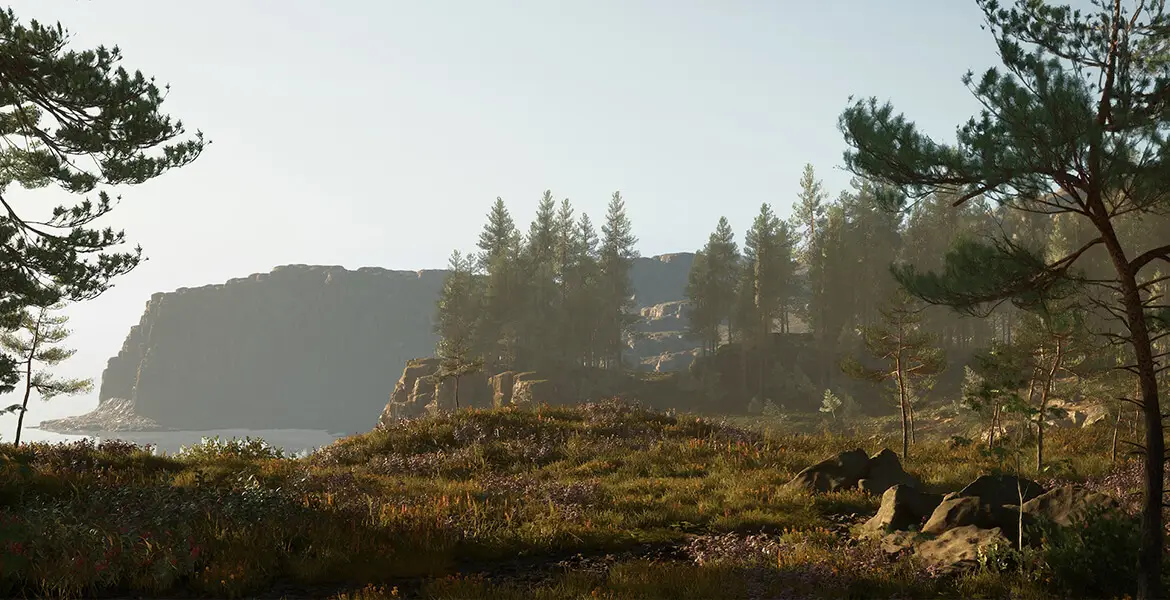
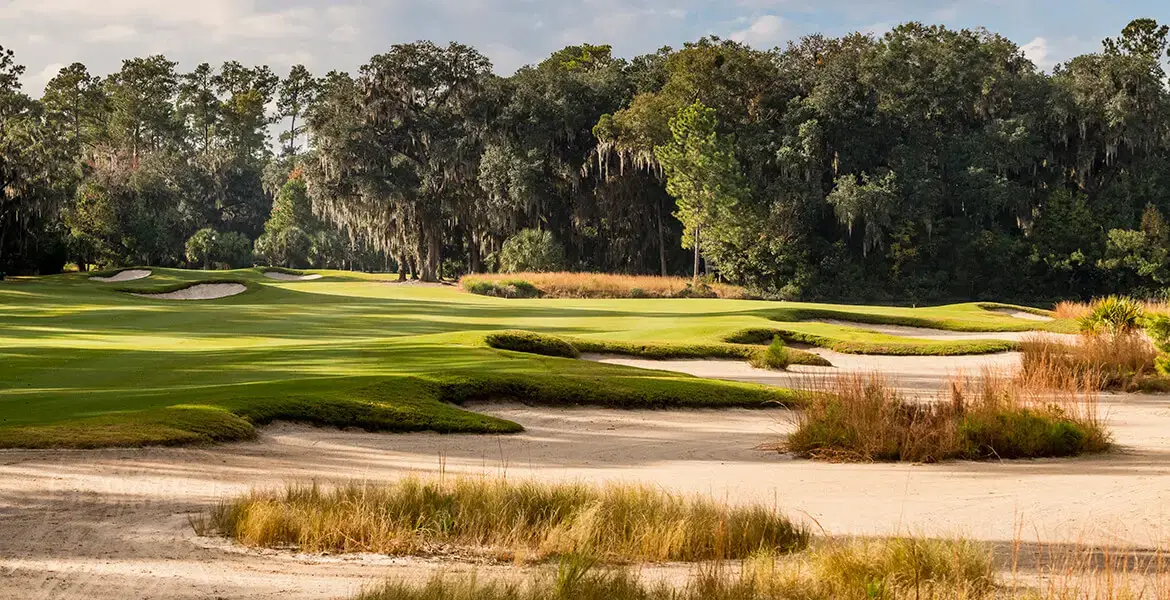
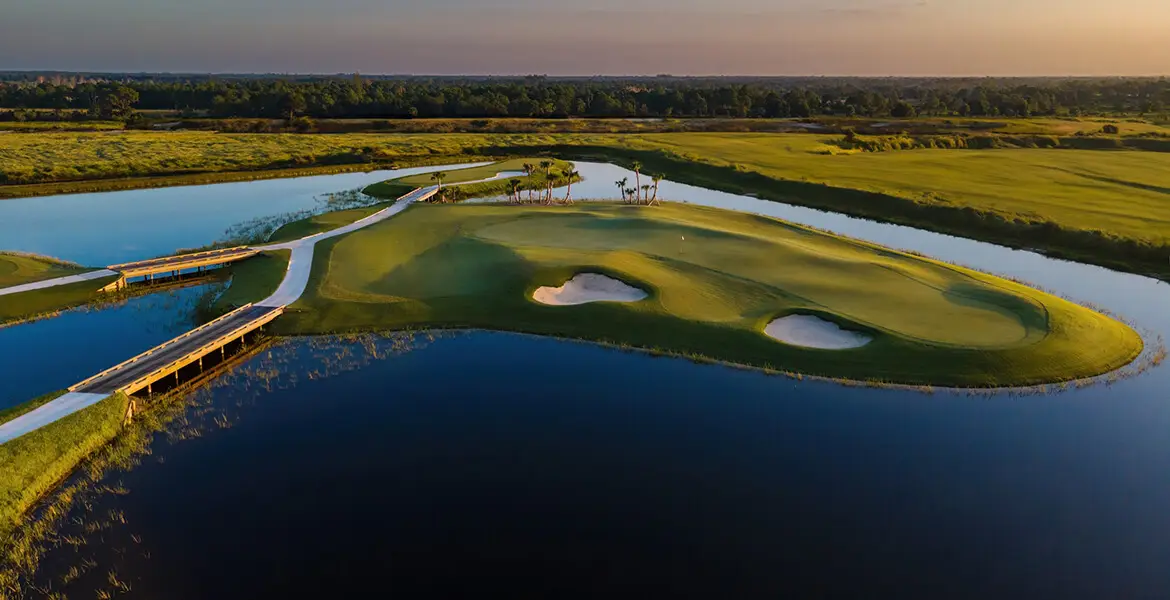
Classic human being!
Classic guy for all sports he announced! But, before we celebrate his “yes sir!” Moment, please listen to Ben Wright’s call on #15 for Jack’s eagle there…just listen!!